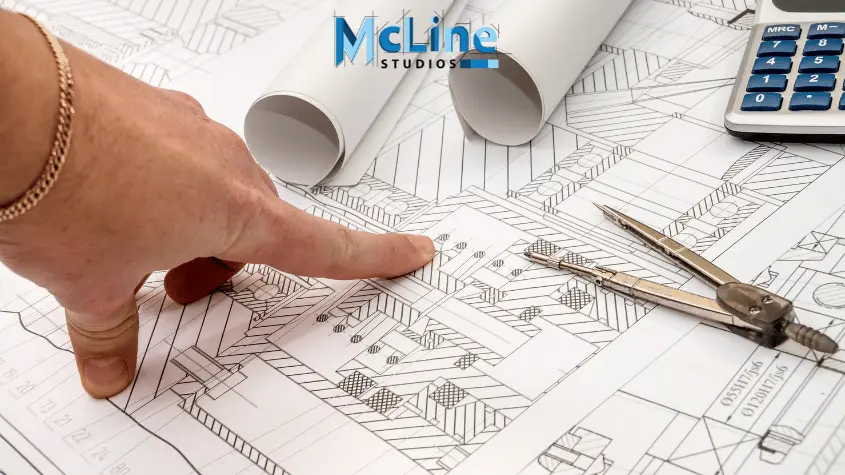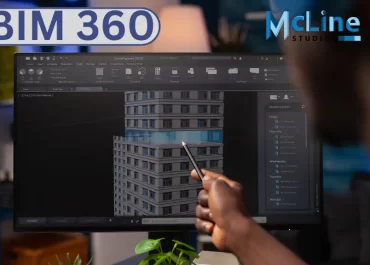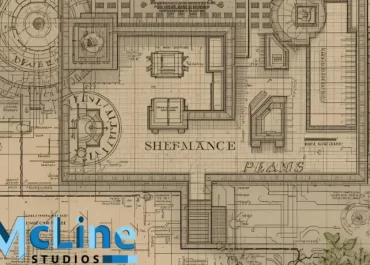Drafting services refer to professional services that prepare technical drawings, plans, and designs for various industries and projects. While drafting was historically done by hand, most modern drafting is accomplished using computer-aided design (CAD) software that allows for the creation of precise 2D vector drawings and 3D modeling.
Drafting is the process of creating detailed drawings or plans that provide visual representations and instructions for everything from architectural structures and machines to apparel and illustrations.
Whether creating construction documentation, schematic diagrams, or assembly instructions, attention to detail and accuracy are critical in the drafting process. In this article, we will explore the key differences between the major types of drafting services and their real-world applications.
Let’s start with the major types of drafting services.
Architectural Drafting
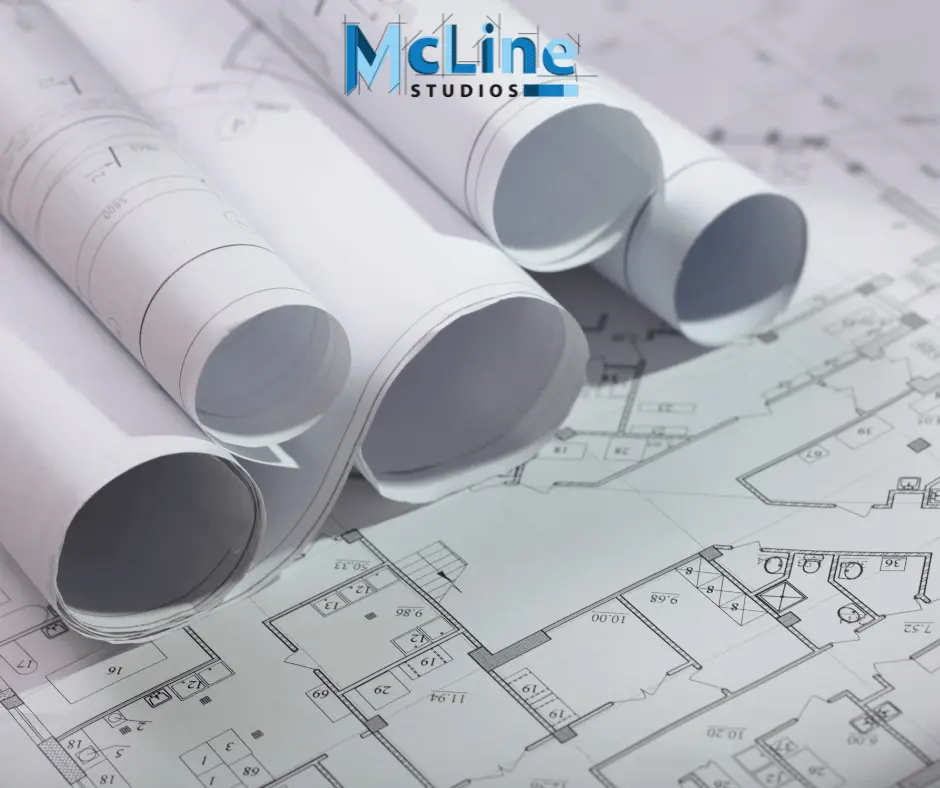
Architectural drafting involves the creation of precise technical drawings and blueprints for different buildings and structures. These drawings are typically created by architects or drafters and serve as a visual guide for construction teams to follow.
The drawings include detailed information about the dimensions, materials, and other specifications necessary to bring the architect’s vision to life. Architectural drawings are used for different purposes, some of them are discussed below.
- Building Design: Architectural drafting is used in the initial design phase of buildings and structures. Architects create floor plans, elevations, and sections to visualize the layout and appearance of the building.
- Construction Documentation: Drafting is crucial for creating detailed construction documents that outline how a building should be constructed. This includes plans for foundations, walls, roofs, electrical systems, plumbing, and HVAC (heating, ventilation, and air conditioning).
- Permitting Process: Many jurisdictions require detailed architectural drawings as part of the permitting process for new construction or renovations. These drawings must meet specific standards and regulations set by local building codes.
- Renovation and Retrofitting: When renovating existing buildings or retrofitting them for new uses, architectural drafting is essential for assessing the existing conditions and developing plans for modifications.
- Interior Design: Architectural drafting extends to interior spaces as well. It includes creating plans for interior layouts, specifying finishes, fixtures, and furnishings, and ensuring that the design meets functional and aesthetic requirements.
Millwork Drafting
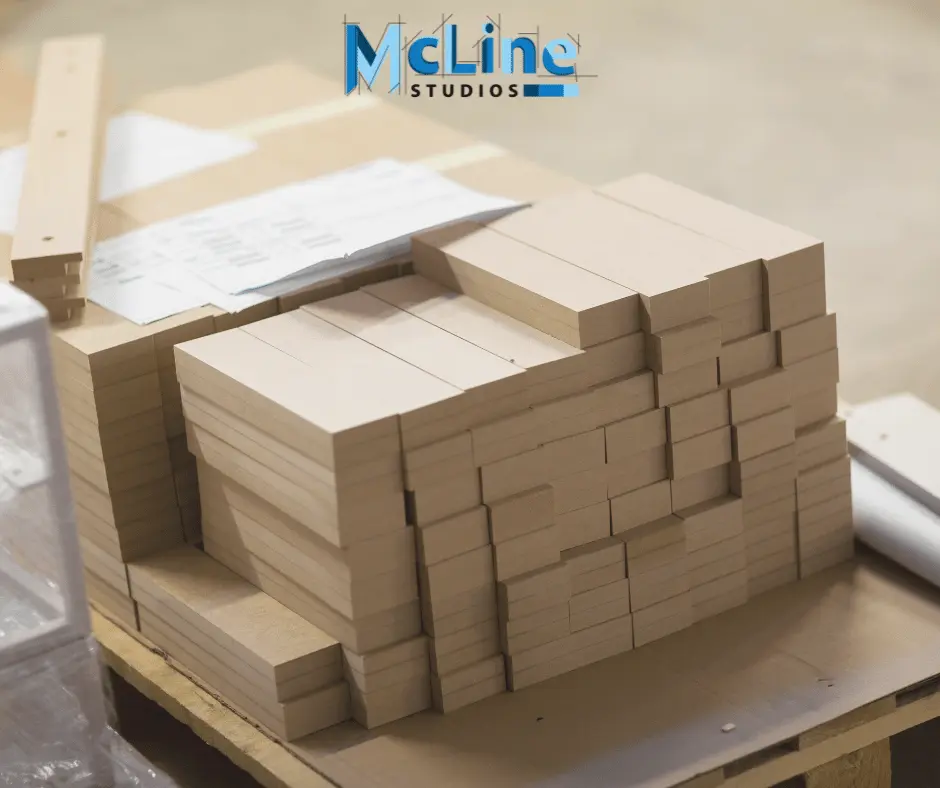
Millwork drafting involves creating detailed technical drawings and plans for the fabrication and installation of custom woodwork, such as cabinets, doors, windows, and other architectural elements.
These drawings typically include precise measurements, material specifications, joinery details, and other relevant information necessary for manufacturing and installation. Some of the applications of millwork drawings include:
- Custom Furniture Design: Millwork drafting is used to design and create custom furniture pieces tailored to specific spaces and requirements.
- Architectural Woodwork: In architectural projects, millwork drafting is essential for designing and fabricating woodwork elements like trim, paneling, and moldings that enhance the aesthetic appeal of interiors.
- Cabinetmaking: Millwork drafting is widely used in the design and fabrication of cabinets for kitchens, bathrooms, offices, and other spaces, ensuring precise dimensions and functionality.
- Interior Design: Interior designers utilize millwork drafting to plan and visualize the incorporation of custom woodwork into their designs, helping to achieve the desired look and feel of a space.
- Construction: In construction projects, millwork drafting provides detailed plans for the installation of architectural woodwork, ensuring accuracy and seamless integration with other building components.
Structural Drafting
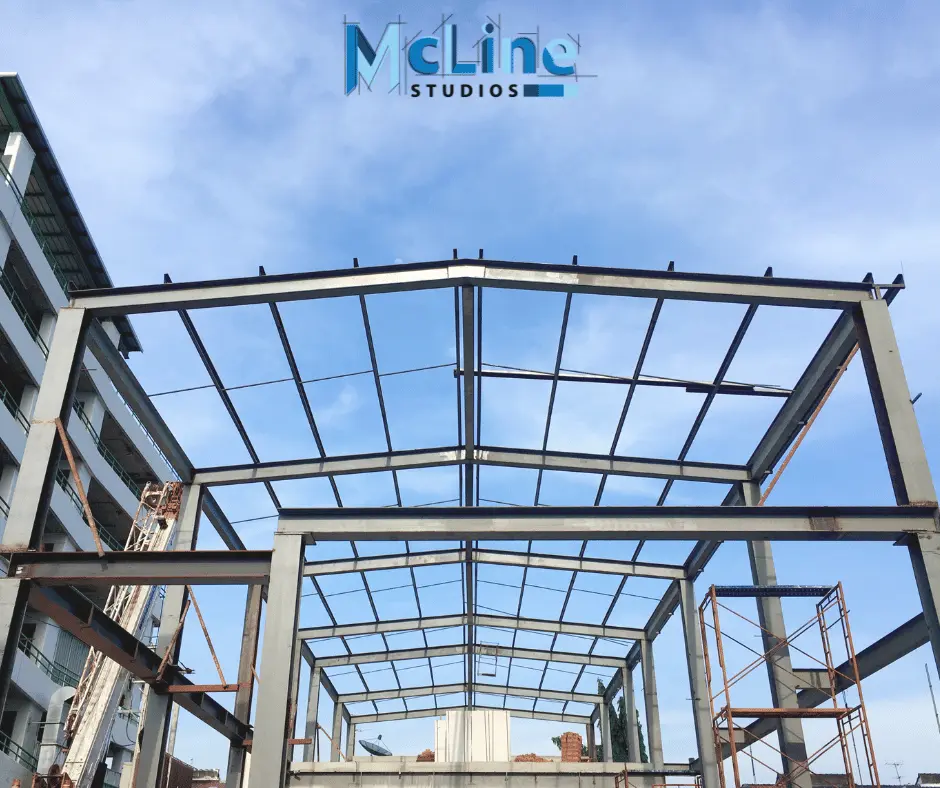
Structural drafting involves creating detailed technical drawings and plans that specify the design, dimensions, materials, and other essential details of structures such as buildings, bridges, dams, towers, and other infrastructure projects.
These drawings serve as the blueprint for construction, providing precise instructions for builders and engineers to follow. Below are the applications of structural drafting.
- Architectural Design: Structural drafters work closely with architects to translate conceptual designs into detailed technical drawings that specify the structural elements of buildings, including beams, columns, foundations, and floor plans.
- Engineering Projects: In civil engineering projects like bridges, highways, tunnels, and dams, structural drafters create drawings that detail the layout and specifications of structural components, ensuring the integrity and safety of the infrastructure.
- Construction Planning: Detailed structural drawings are crucial for construction planning and scheduling. They provide contractors with essential information on materials, dimensions, and assembly processes, helping to streamline construction workflows and ensure project deadlines are met.
- Renovation and Retrofitting: When renovating existing structures or retrofitting them to meet new requirements or standards, structural drafters create drawings that illustrate modifications and additions while ensuring the structural integrity of the building.
- Manufacturing and Fabrication: Structural drawings are used in manufacturing and fabrication processes to produce prefabricated components such as steel beams, trusses, and panels with precise dimensions and specifications.
Mechanical Drafting
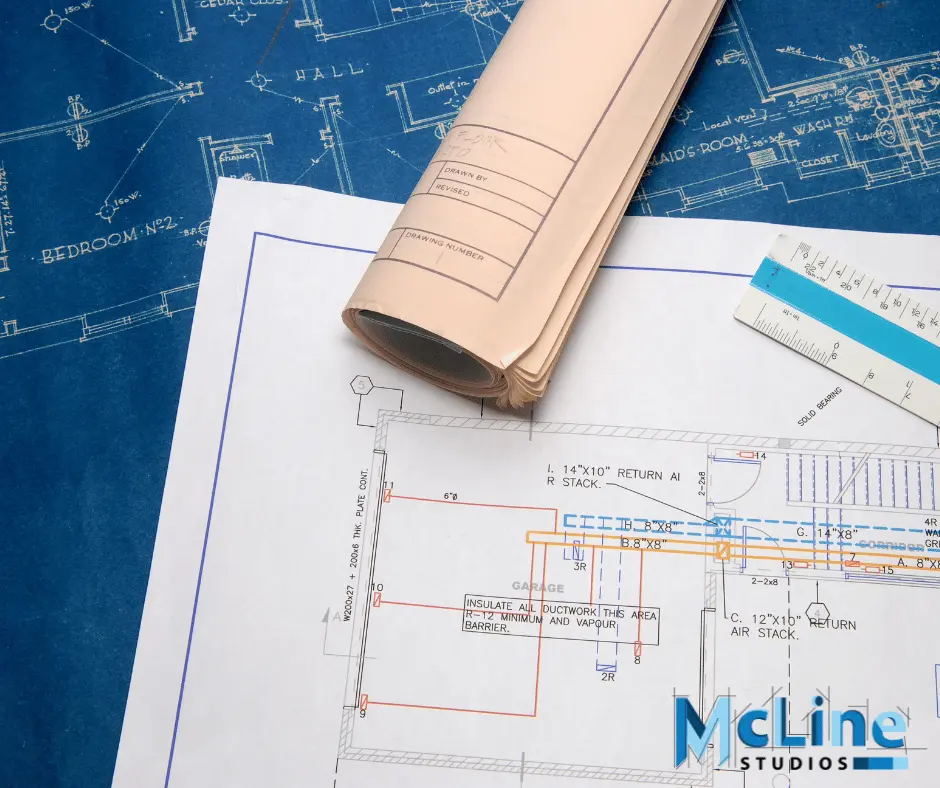
Mechanical drafting involves creating technical drawings and plans for mechanical systems, machinery, and components using specialized drafting techniques and software. These drawings typically include detailed information about dimensions, materials, tolerances, and other specifications necessary for manufacturing and assembly.
Applications of mechanical drafting include:
- Engineering Design: Mechanical drafters work closely with engineers to translate their design concepts into detailed drawings. These drawings serve as blueprints for the construction of various mechanical systems and components.
- Manufacturing: Mechanical drafters create drawings that serve as instructions for manufacturing processes. These drawings provide manufacturers with the necessary information to produce parts and components accurately and efficiently.
- Product Development: Mechanical drafting is essential in the development of new products. Drafters create detailed drawings of product prototypes, allowing engineers and designers to evaluate and refine their designs before production.
- Architecture and Construction: Mechanical drafters often collaborate with architects and construction professionals to design mechanical systems within buildings, such as HVAC (Heating, Ventilation, and Air Conditioning) systems, plumbing, and electrical layouts.
- Automotive and Aerospace Industries: In these industries, mechanical drafters play a crucial role in designing and detailing various components of vehicles and aircraft, ensuring they meet performance, safety, and regulatory standards.
HVAC Drafting
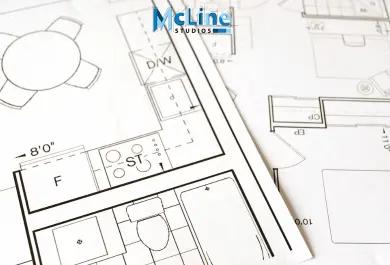
HVAC drafting refers to the creation of technical drawings and plans related to heating, ventilation, and air conditioning (HVAC) systems. These drawings are crucial for the design, installation, and maintenance of HVAC systems in various buildings and structures. HVAC Drafting can be used for different purposes, some of which are discussed below.
- Design and Planning: HVAC drafting is used in the initial stages of designing HVAC systems for buildings. Engineers and drafters create detailed drawings that include the layout of ductwork, piping, vents, and other components necessary for heating, cooling, and air circulation within the building.
- Construction Documentation: These drawings serve as essential documentation during the construction phase. Contractors and construction workers refer to these plans to accurately install HVAC systems according to design specifications.
- Compliance and Regulation: HVAC drafting ensures that systems comply with building codes, safety standards, and regulations. Accurate drawings help in obtaining necessary permits and approvals from regulatory authorities.
The Final Notes
To sum it up, drafting services provide an invaluable resource for architects, engineers, contractors, and anyone working on construction or design projects. With the expertise of skilled drafters and the latest drafting software, these services allow projects to proceed smoothly from the initial concept phase through to detailed construction drawings.
The ability to outsource drafting work helps firms remain agile and take on more projects without being constrained by limited in-house drafting capacity. Outsourcing can significantly reduce labor costs while still delivering accurately drafted plans and blueprints on tight deadlines.

